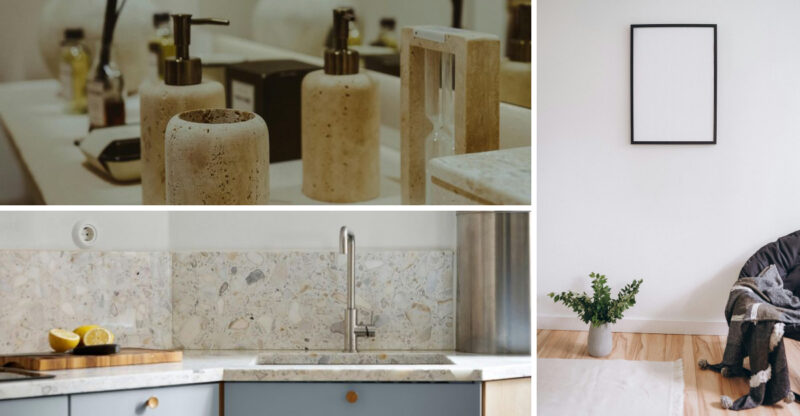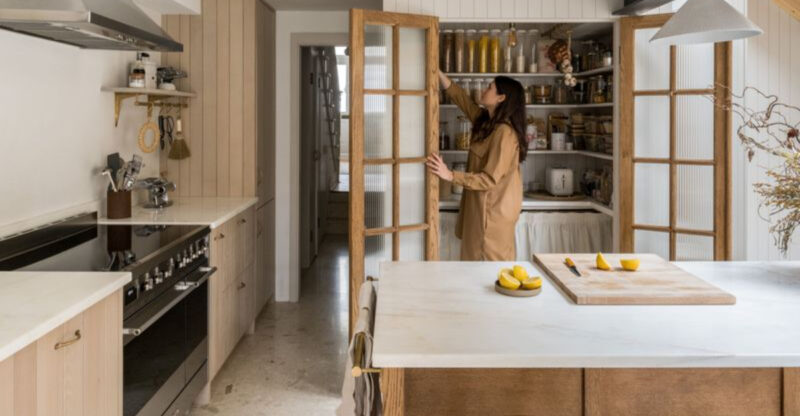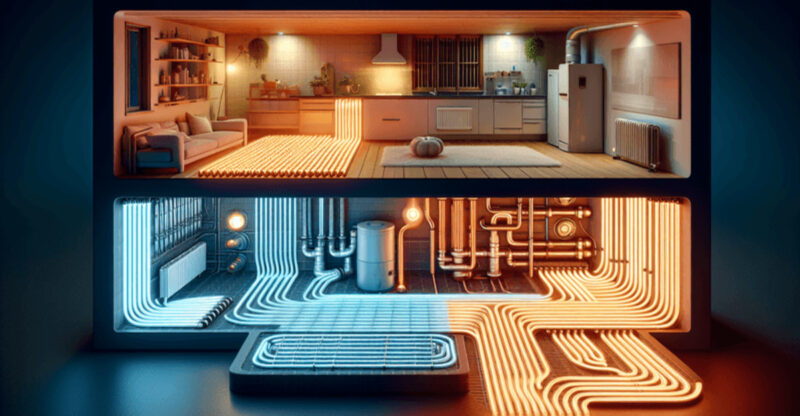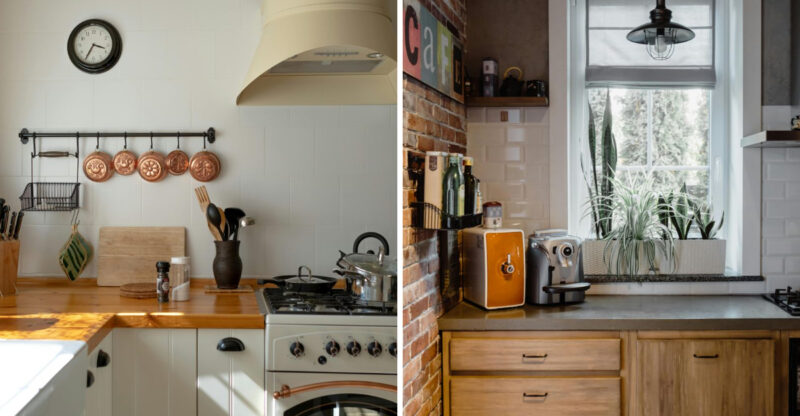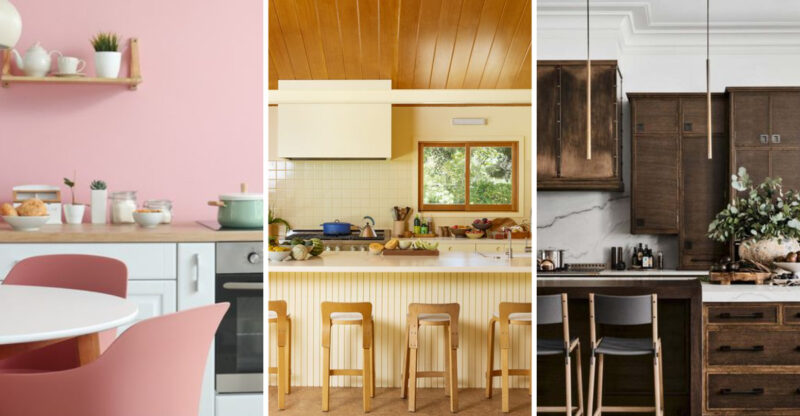Bathroom Design Blunders In New York And How To Prevent Them
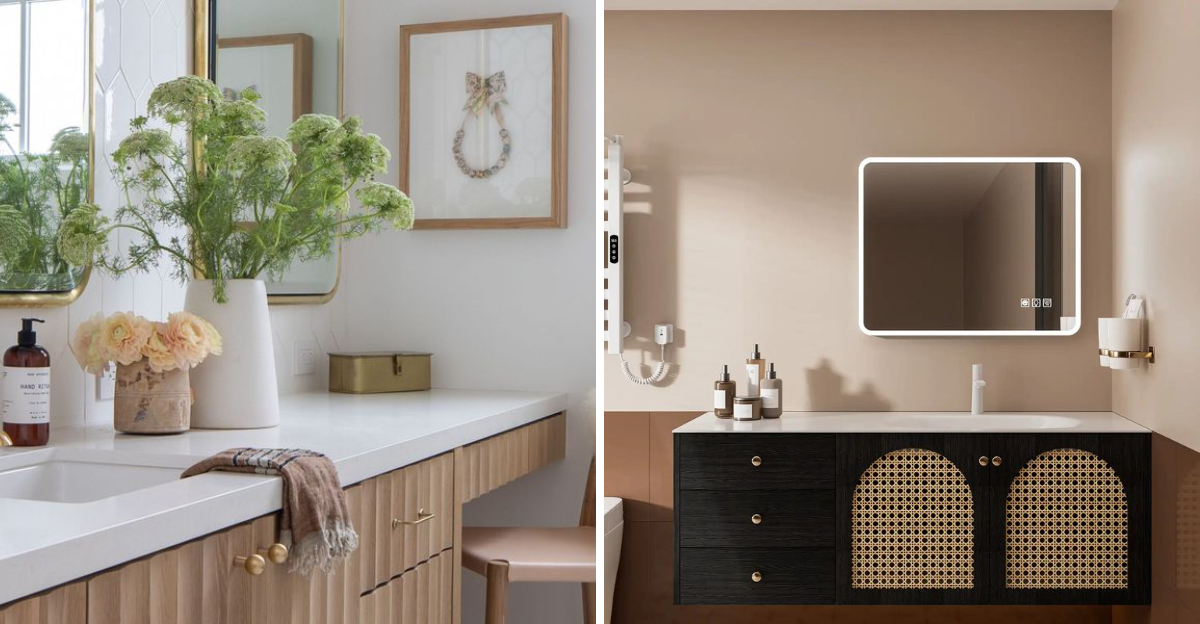
Your bathroom should be a sanctuary, but too many New York homeowners end up with spaces that feel cramped, dark, or just plain frustrating. Small design mistakes can turn your morning routine into a daily headache.
I’m here to help you avoid the most common bathroom blunders so your space works beautifully and feels amazing every single day!
1. Poor Lighting Choices
Dim lighting makes everything harder, from applying makeup to shaving without nicks. You deserve bright, flattering light that actually helps you see what you’re doing.
Installing layered lighting is your best friend here. Add overhead fixtures for general brightness, sconces beside mirrors for task lighting, and maybe a dimmer switch for relaxing baths.
Natural light is gold in New York bathrooms, so keep windows unblocked when possible. Choosing LED bulbs in warm white tones prevents that harsh hospital vibe while saving energy costs over time.
2. Underestimating Storage Needs
Running out of space for toiletries and towels creates instant chaos. Bottles pile up on counters, and suddenly your bathroom looks like a cluttered mess instead of a relaxing retreat.
Think vertically when planning storage solutions for tight New York spaces. Wall-mounted cabinets, floating shelves, and recessed medicine cabinets maximize every inch without eating floor space.
Don’t forget hidden storage like drawer organizers and under-sink pull-outs. These keep essentials accessible but out of sight, maintaining that clean, spa-like feel you’re craving daily.
3. Ignoring Ventilation
Moisture buildup leads to mold, peeling paint, and musty odors that make your bathroom unpleasant. Nobody wants to deal with black spots creeping across ceiling corners or foggy mirrors that never clear.
Installing a quality exhaust fan is non-negotiable, especially in windowless New York bathrooms. Run it during showers and for twenty minutes afterward to properly remove humidity and prevent damage.
If you have a window, crack it open occasionally for fresh air circulation. Proper ventilation protects your investment and keeps your bathroom smelling fresh instead of damp.
4. Clashing Colors And Materials
Mixing too many patterns, colors, and textures creates visual chaos that feels overwhelming. Your eyes need somewhere to rest, not a circus of competing design elements fighting for attention.
Stick with a cohesive color palette of three main shades maximum. Choose materials that complement each other, like pairing subway tiles with natural wood accents or marble with brushed nickel fixtures.
Consistency creates elegance, so repeat design elements throughout the space. If you use black hardware on cabinets, carry that through to towel bars and light fixtures for polish.
5. Using Low-Quality Fixtures
Cheap faucets and showerheads break down quickly, costing you more in replacements and repairs. Leaky fixtures waste water and drive up utility bills while creating annoying drips that disrupt your peace.
Investing in quality fixtures from reputable brands pays off with durability and better performance. Look for solid brass construction and ceramic disc valves that resist wear and maintain smooth operation for years.
Good fixtures also elevate your bathroom’s entire look and feel. They’re worth the upfront cost because they function reliably and maintain their finish despite daily New York water exposure.
6. Overcrowding The Space
Cramming too much furniture and decor into a small bathroom makes it feel claustrophobic. You need breathing room to move comfortably, not an obstacle course between the toilet and sink.
Prioritize essential pieces and ditch unnecessary items that eat valuable floor space. Wall-mounted toilets and floating vanities create an airier feel by exposing more floor, making even tiny bathrooms appear larger.
Leave clear pathways of at least thirty inches for easy movement. Simplified layouts with streamlined fixtures help your New York bathroom feel spacious rather than suffocating and cramped.
7. Skipping Proper Waterproofing
Water damage ruins floors, walls, and even structural elements beneath your bathroom. Ignoring waterproofing leads to expensive repairs that could’ve been prevented with proper preparation during installation.
Use waterproof membranes behind tile in wet areas like showers and tub surrounds. Seal grout lines regularly to prevent moisture from seeping through and causing hidden damage you won’t notice until it’s serious.
Don’t forget proper sloping in shower floors for drainage. Standing water is your enemy, so ensure everything directs moisture toward drains instead of pooling where it causes problems.
8. Lack Of Counter Space
Tiny counters leave no room for daily essentials, forcing you to balance products precariously or store them elsewhere. You need surface area for toiletries, grooming tools, and those little things you reach for constantly.
Choose vanities with extended countertops that provide functional workspace without overwhelming the room. Corner sinks maximize space efficiency in super-tight New York bathrooms while still offering usable surface area.
Add small shelves or trays near the sink for frequently used items. Even modest counter additions make your morning routine smoother and keep necessities within easy reach always.
9. Inadequate Mirrors
Tiny mirrors make grooming tasks difficult and miss the chance to visually expand your space. Mirrors reflect light and create depth, making bathrooms feel larger and brighter than they actually are.
Install large mirrors that span most of your vanity width for maximum impact. Full-wall mirrors work wonders in cramped New York bathrooms, essentially doubling the perceived space while providing excellent functionality.
Consider mirrors with built-in lighting or anti-fog features for added convenience. Proper mirror placement opposite windows bounces natural light around, brightening even the darkest corners beautifully and efficiently.
10. Failing To Plan For Accessibility
Ignoring accessibility needs creates problems as you age or if mobility becomes challenging. Bathrooms should work for everyone, regardless of physical abilities or limitations that might develop over time.
Install grab bars near toilets and in showers, even if you don’t need them now. Choose barrier-free shower entries instead of high tub edges that become difficult to navigate with age or injury.
Lever-style faucets are easier to operate than knobs for everyone. Planning accessibility features during initial design costs less than retrofitting later and ensures lifelong bathroom usability and safety.

